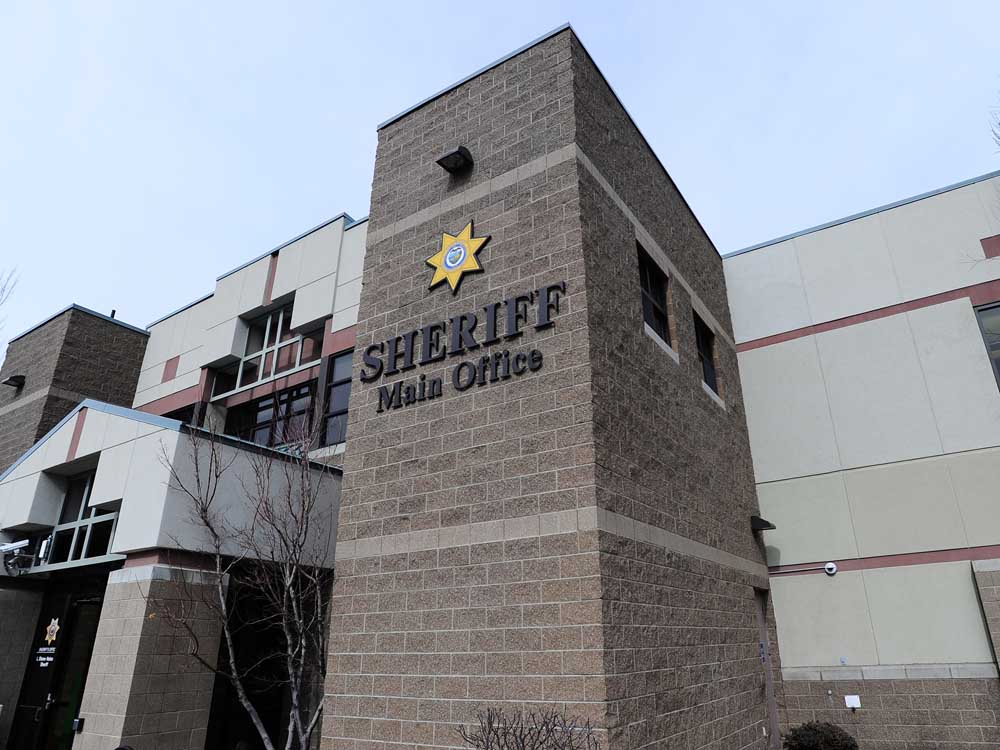Editorial: The county comes to Bend’s rescue
Published 12:00 am Sunday, August 5, 2018

- (123RF)
Bend is soon going to need to expand its boundaries, again. The city arguably already needs more industrial land and land to relieve some pressure on housing prices.
The next growth conversation with the state could go two ways: Disappointing or encouraging.
Trending
Disappointing: “Sorry, Bend! Most of the land around the city is agricultural and you can’t go there.”
Encouraging: “Congratulations, Bend! There’s a clear path forward to Bend’s land needs for the next 20 years.”
Due to the work just kicked off by county planners, it could actually go well. County commissioners will meet sometime at the end of this month to look at a plan to evaluate if lands designated agricultural near Bend really should be designated agricultural.
A fundamental problem for Bend’s growth is where it may make the most sense for Bend to grow is to the east. Much of that land is designated as agricultural. State land-use laws say cities growing into agricultural land is a no-no. Bend could be stuck.
Protecting good agricultural land should be a state priority. But much of the land just outside Bend’s boundaries to the east is not suitable for agriculture. It never has been. Poor soil quality and no water does not make farmland, no matter how the land is designated.
The state has promised time and again to look at agricultural land designations. One of the latest promises was as part of the “Big Look” legislation in 2009. Instead of a new look at inaccurate designations, the state squeezed its eyes shut.
Trending
Changing agricultural designations is undeniably controversial. Central Oregon LandWatch, a local land-use group, has already attacked this priority in the county’s work plan as planners run amok: “… this priority is a threat to one of Central Oregon’s critical industries, our essential wildlife habitat, and way of life.”
It doesn’t have to be that kind of threat. In fact, it should exactly match LandWatch’s stated mission of “achieving a responsible, balanced approach to planning for and conserving Central Oregon’s land and water resources, while recognizing the needs of future generations.”








